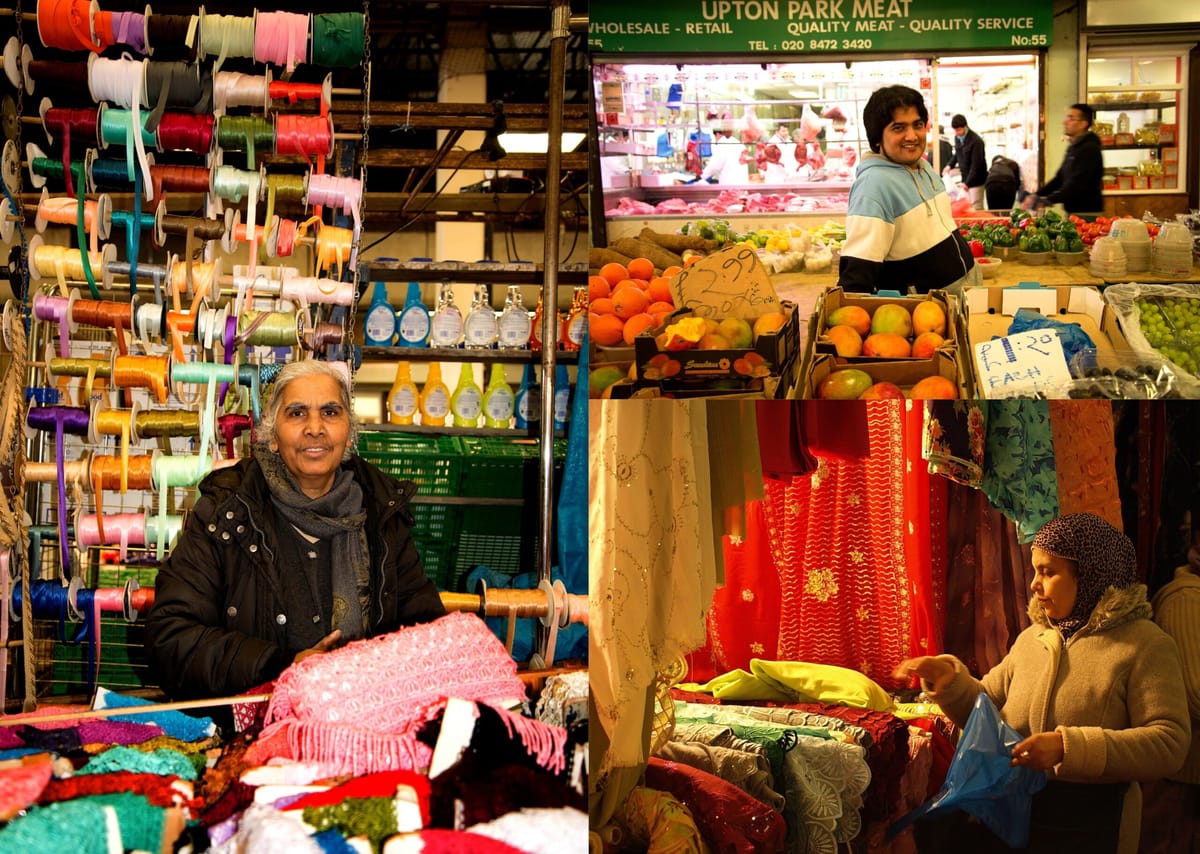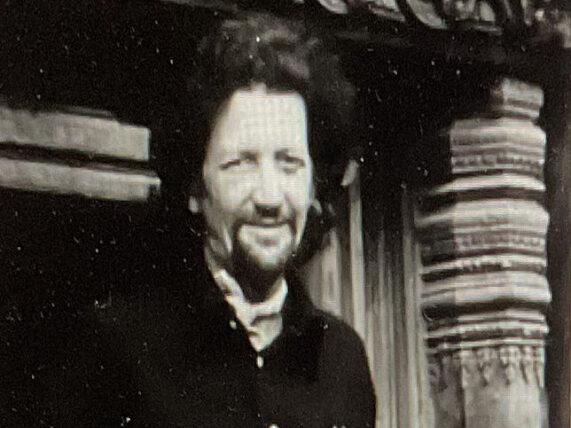Communities Fight the Threat of Gentrification to Protect their Markets

By Archie Thomas, BA Politics and International Relations
“The councils are just going along with it and they don’t really understand… You really take away some people’s only access to community and to have social interaction”
Walking around London you will often find yourself in a long-standing market, providing affordable and specialty foods and goods, a place to socialise, and a site of sustainable local business. Without fail, though, each is haunted by the spectre of gentrification. But, as sure as developers demand profit, locals find the strength to resist the loss of these valued spaces. I spoke to a number of campaigners involved in these struggles to find out about the benefits of these markets, the threats they face, and what people are doing to fight back.
Saif is the main coordinator of Friends of Queen’s Market, a group that has resisted continued threats to the East London market for 20 years. He explained that; “There is a community value that is not considered,” by developers and councils, “Markets are vital to community health and wellbeing and access to food.” They provide, “access to fresh affordable food, clothes, cloths, and home goods.” In addition, he pointed out how important Queen’s Market is to refugee and migrant communities, “it’s a kind of gateway for them to start to look for a job or trade.”
Similarly, Jake, a campaigner for Protect Shepherds Bush Market, pointed out how the market is the, “cheapest place locally you can buy fruit and veg,” and that this was due to having “such low rents.” It is this low rent that allows small traders and businesses to survive and serve their communities. Low rent, though, is not lucrative for the councils or private developers that own these markets. This is at the heart of all these community struggles against redevelopment. At the time of writing, developer Yoo Capital has submitted a planning application to redevelop Shepherds Bush Market (Hammersmith & Fulham council will have made a decision by 8 December) that campaigners fear will threaten the character and function of the site. “It’s not the fact that a market exists. There is a specific character and social function that will be completely lost if Yoo Capital are able to fulfil their plans.”
Whether in Upton Park, Shepherds Bush, or Brixton, redevelopment is seen by many locals as a threat. They have witnessed other markets suffer or cease to exist after redevelopment. Saif highlighted two in the same borough as Queen’s Market: Rathbone Market in Canning Town and East Ham Market. Having been reassured that they were great markets, East Ham Market has now been completely demolished and replaced by luxury flats and with Rathbone Market, “there is barely anything there, there’s about three stalls there now.” Continuing, Saif pointed out that, “the South American community in Elephant and Castle [have] been absolutely ripped apart. In the end, if you look at that yard… the renovated, new space just doesn’t work for that community… it was just tragic, they really fought it for ages and the councils are just going along with it and they don’t really understand… You really take away some people’s only access to community and to have social interaction.”
Every campaigner I spoke to described these threats in terms of gentrification, social cleansing and one labelled it ethnic cleansing. Danai, a campaigner for Fight The Tower, a group which successfully blocked the building of a 20-storey office tower that would have overshadowed Brixton Market said that the defeated redevelopment, “would have been the end of Brixton and I am not being dramatic at all… it would have been ethnic cleansing really because people cannot afford this tower’s offices or flats so they cannot survive… displaced and marginalised people are being pushed away and forced to move… We don’t want exclusively white people coming in and paying £17 for a toasty and we certainly don’t want ethnic cleansing. Brixton is the people. That is the history of it. You cannot suddenly dismantle everything, these people live with each other and for each other. They are real communities.”
Saif described, at length the consequences of gentrification which he fears and already sees in some areas of East London, “you will find there are parts that are extremely expensive now… they are very much loving the edginess of the East End,” which has developed over centuries and “is now to be capitalised on… Places that I find inspiration in as an artist and designer… As soon as there is a tipping point where gentrification just overdoes it and there are so many boutique brands, it just feels like walking through a pastiche idea of: What is England? or what is Europe? You just kind of go: What are we? What is this? This is just an idea or something, an idea of the past, rather than there being anything of a community here.”
Trust in local councils is palpably low among these campaigners, and the threat of redevelopment around London only seems to continue. In the face of this, communities are unwavering and utilising every method at their disposal: petitions, Zoom-bombing, protests, social media campaigning, newsletters, leafleting, planning objections, engagement with locals, the press, and politicians; all in order to protect their vital and cherished markets.
Photo Credit: Friends of Queen’s Market




